A Quick-Hitting History Of The Chevrolet Impala
Chevrolet’s Impala is an iconic nameplate that has been around since 1958 until 2020 when it was yanked from production for the second time. Throughout the years, and 10 generations later, this car has seen its fair share of restyling and reconfiguration to fit in with the auto industry’s ever-changing climate.
First introduced to the world as the Bel Air Impala, the name itself designated itself as the top-of –the-line trim package for Chevy’s well-established, deluxe full-size car line. While the first example of the Impala was built to commemorate Chevy’s 50th anniversary, it gained enough traction to become a stand-alone production model the very next year.
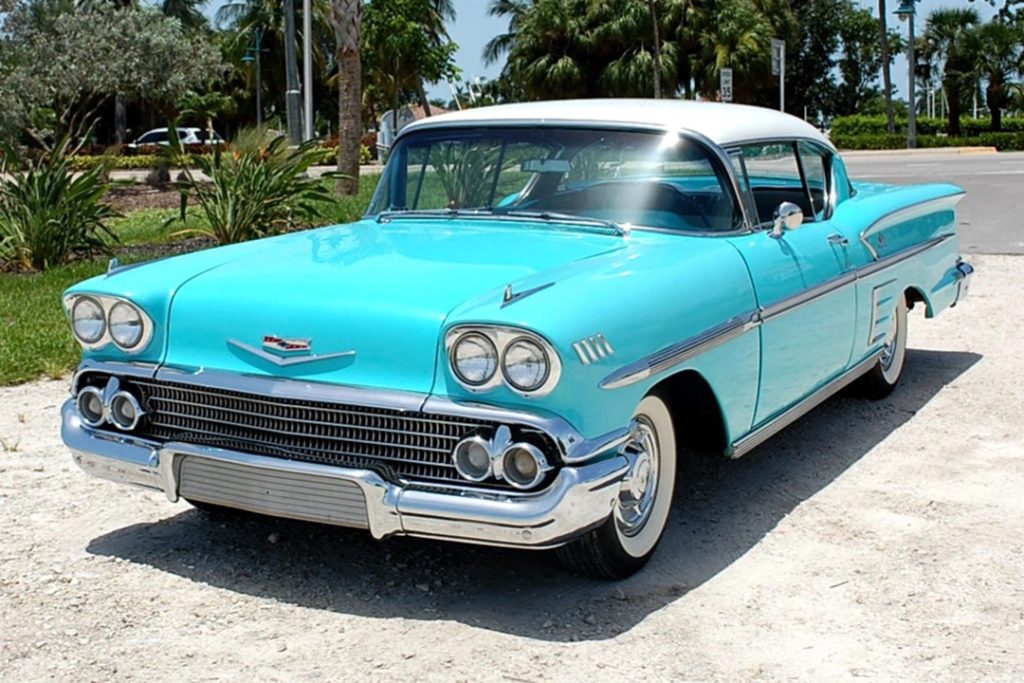
Photo Credit: Bring-A-Trailer
Car fans fell in love with the styling of the ’58 Impala with its wide yet sleek appearance, but the factory quickly tweaked its appearance to give it a fresh identity that was all its own. In its second year and generation, the brand new Impala line featured exterior tail fins and teardrop shaped headlights, and sat atop of an X-frame chassis that promoted a lower ride height and had great structural integrity. The Impala was made available in multiple body variations such as a two-door hardtop or convertible and a four-door hardtop or sedan—the options were plentiful.
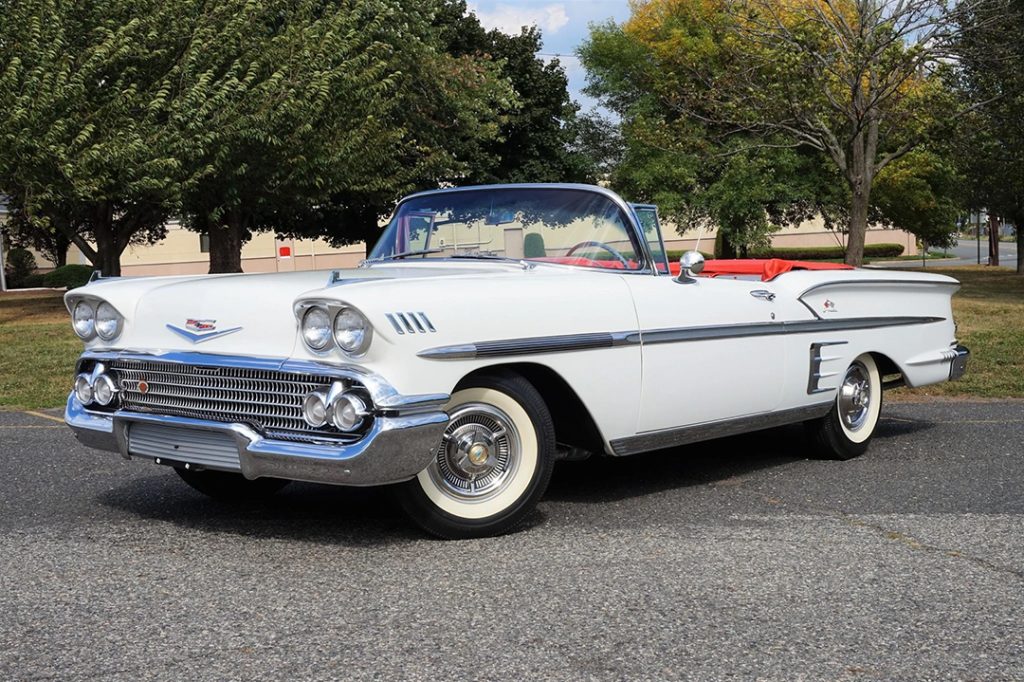
Photo Credit: Bring-A-Trailer
While the Impala was quickly gaining popularity in its first couple years on the street, it wasn’t until the very start of the third generation in 1961 when things really got interesting when the release of the Super Sport performance package was first made available. While the SS model was available with many powertrain options to choose from, including Chevy’s brand-new 409ci 360hp V-8, which really allowed the Super Sport designation to live up to the hype. While upgraded performance gains were the major reason consumers opted for this premium badging, its many plush interior features and heavier-duty chassis components were also just as desirable.
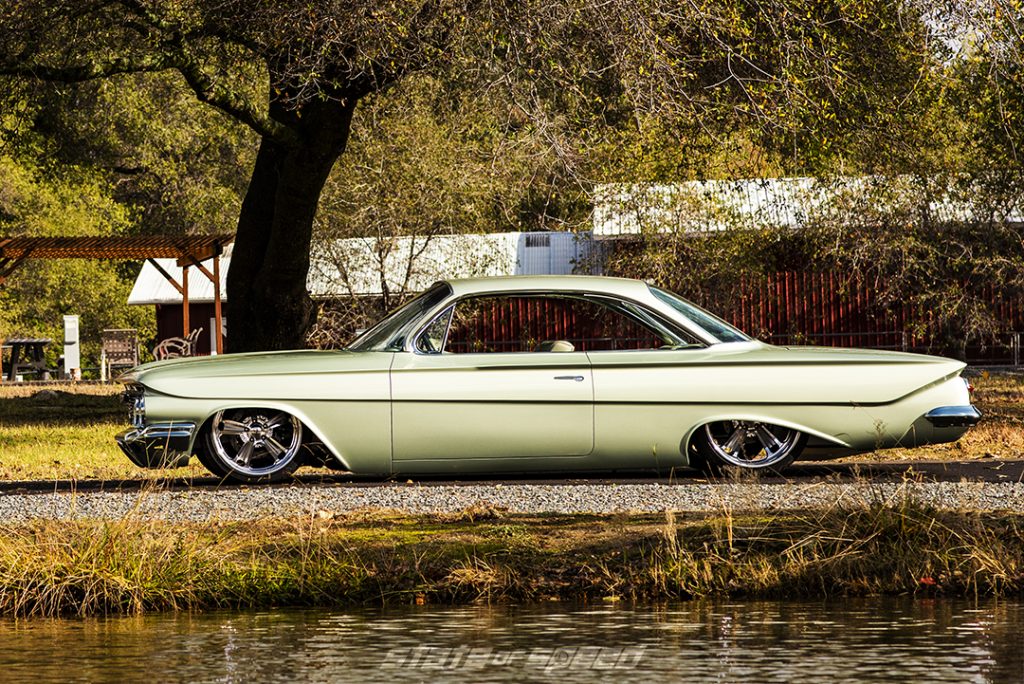
Tires: Milestar MS932XP+ – 245/35R20

Tires: Milestar MS932 Sport – 235/55R18
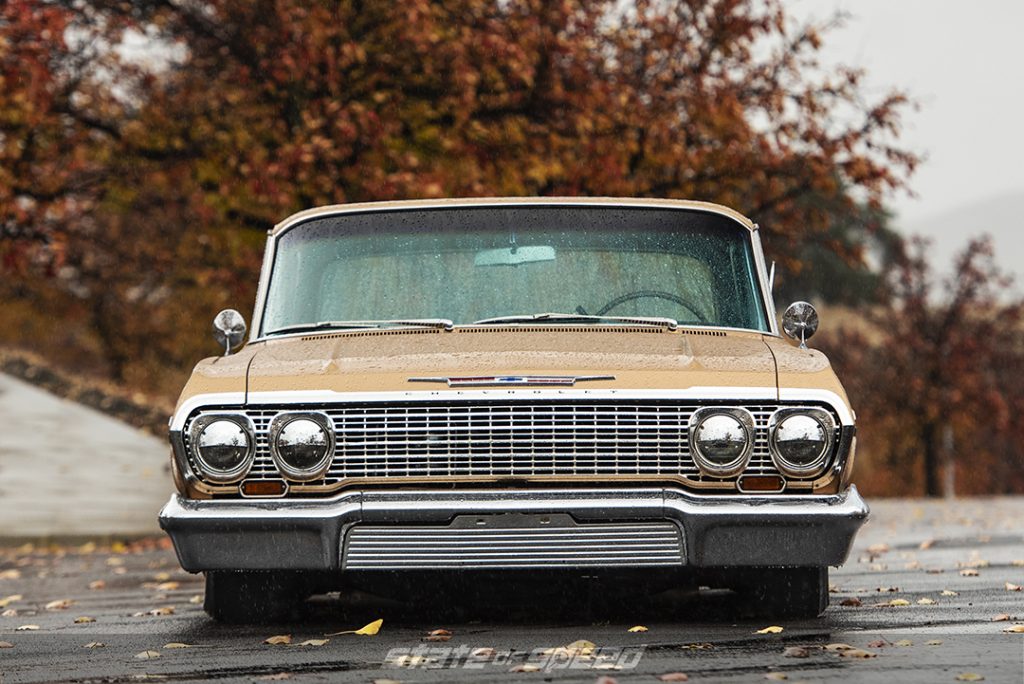
Tires: Milestar MS775 Touring SLE
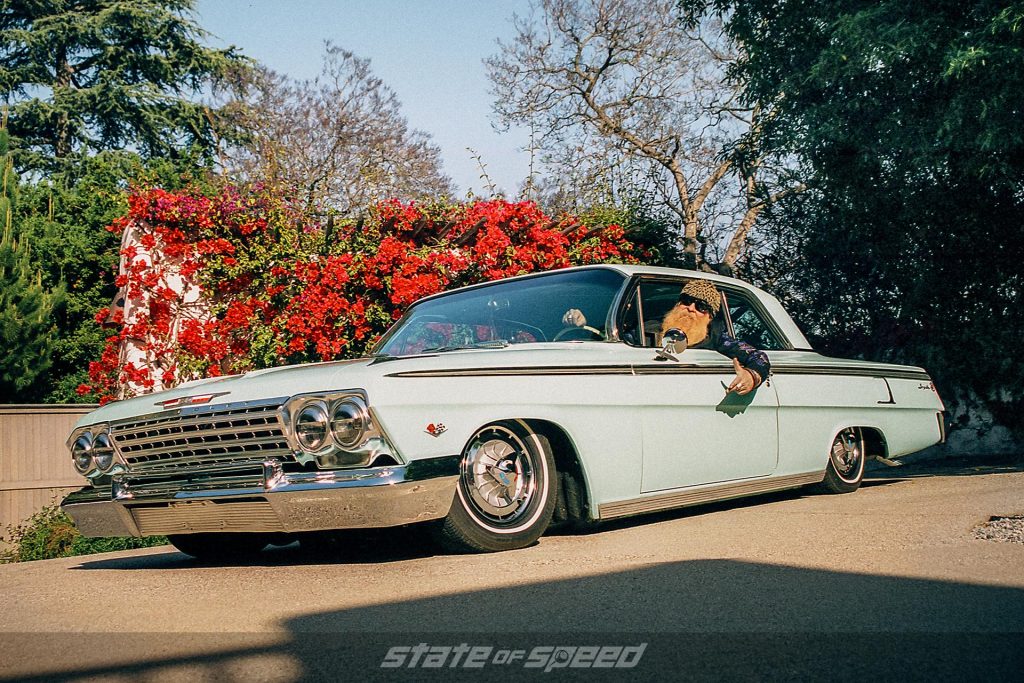
Photo Credit: Tony Thacker
The exterior packaging changed again during the Impala’s third generation, and overall, the car became boxier than before. The new look of this particular redesign has had long-lasting power and is one of today’s most popular selections for restorations and full custom rebuilds throughout the car’s history. You’ve most likely seen Impalas of this vintage cruising in music videos or heard about rolling in a ‘six-four’ on the radio a time or two before.
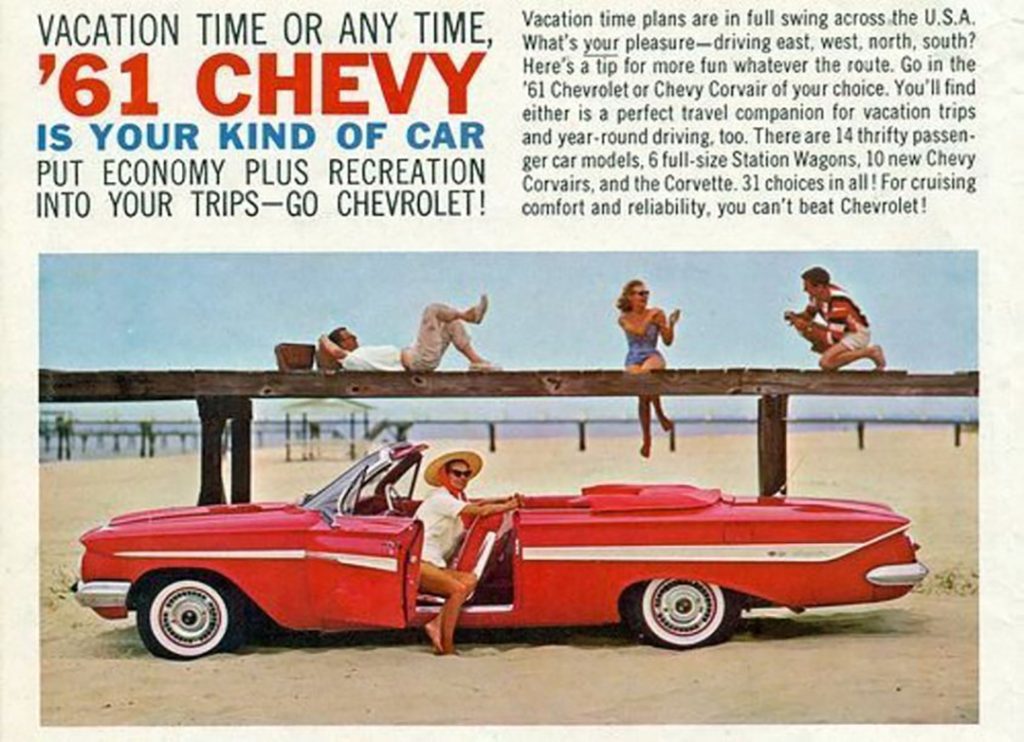
…this particular redesign has had long-lasting power and is one of today’s most popular selections for restorations and full custom rebuilds…
While the fourth generation saw its own redesign, which brought a more sleek and modern aesthetic to the Impala’s exterior, it also represented the car’s seeming most popular iteration to date for car buyers of the era, as it sold over a million units alone in 1965. Another interesting happening during this generation was the dropping of the availability of the wagon option in 1969, which had been a great family-friendly package from ’65-’68.
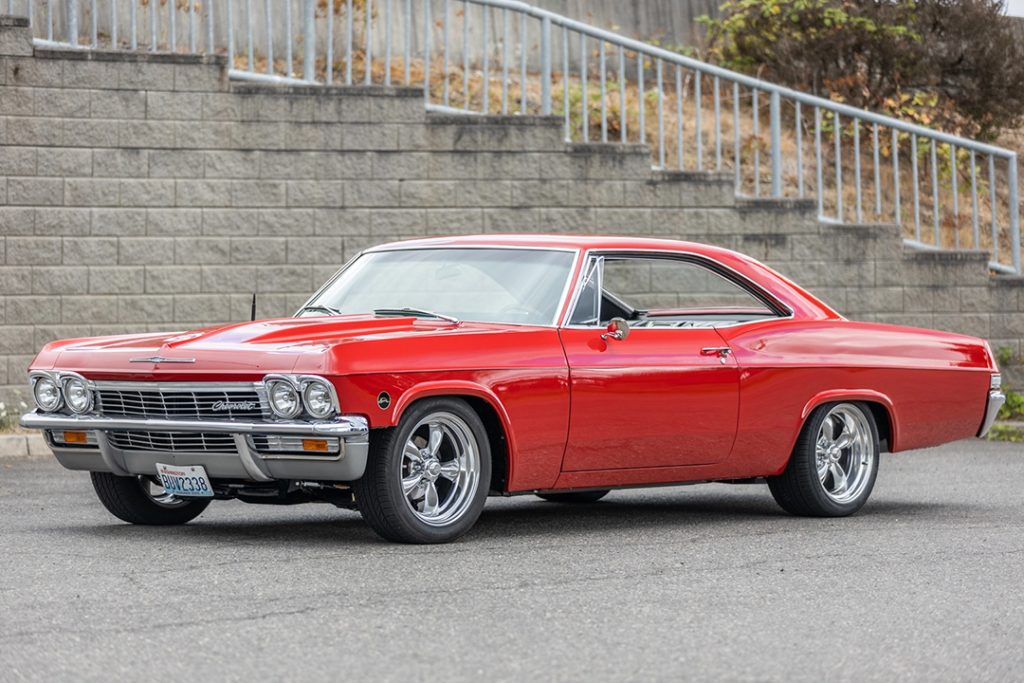
Photo Credit: Bring-A-Trailer
During 1971-1976, the Impala once again went through another major appearance overhaul, while still offering the outstanding comfort and interior space consumers had come to associate with the nameplate. It was also during this time that the Feds began cracking down on emissions regulations, which in turn directly led to dramatically lower performance offerings being made available. These limitations were not specifically unique to the Impala, or the Chevy brand for that matter—the strain was felt all throughout the automotive industry.
…It was also during this time that the Feds began cracking down on emissions regulations, which in turn directly led to dramatically lower performance offerings being made available…
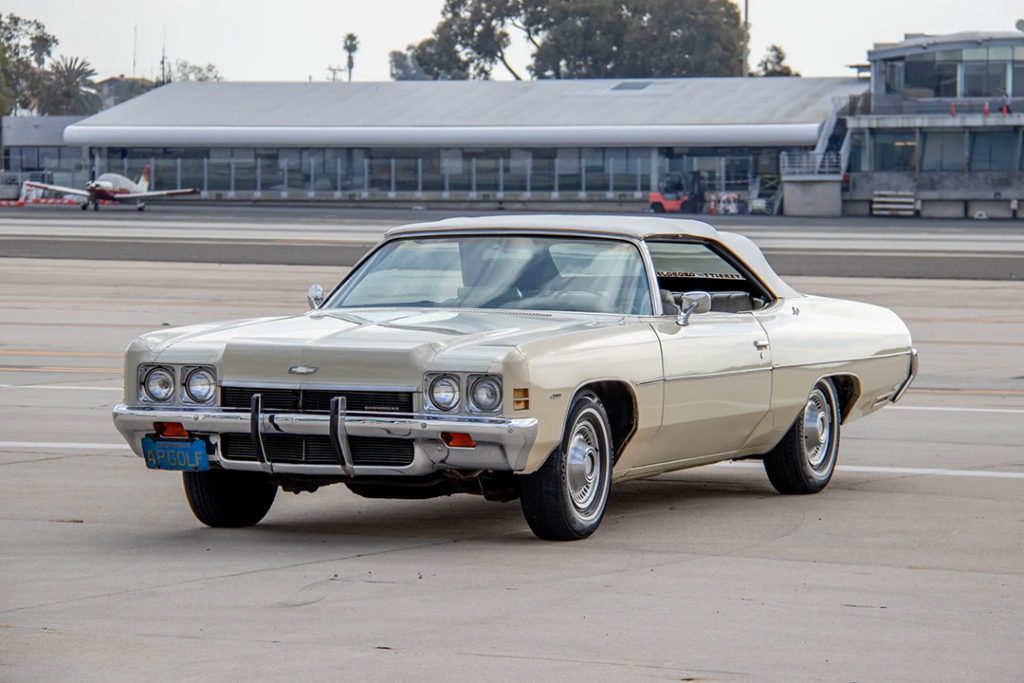
Photo Credit: Bring-A-Trailer
After going though yet another repackaging starting in 1977, the Impala’s sixth generation saw the car’s retirement from production in 1985. The premium Caprice package trim, which had proved to be popular in years past, began outselling the Impala as a sports coupe, yet the sedan Impala was still a popular selection for families during this period. Either way, the Impala was out, and the Caprice was given a chance to run as its own model.
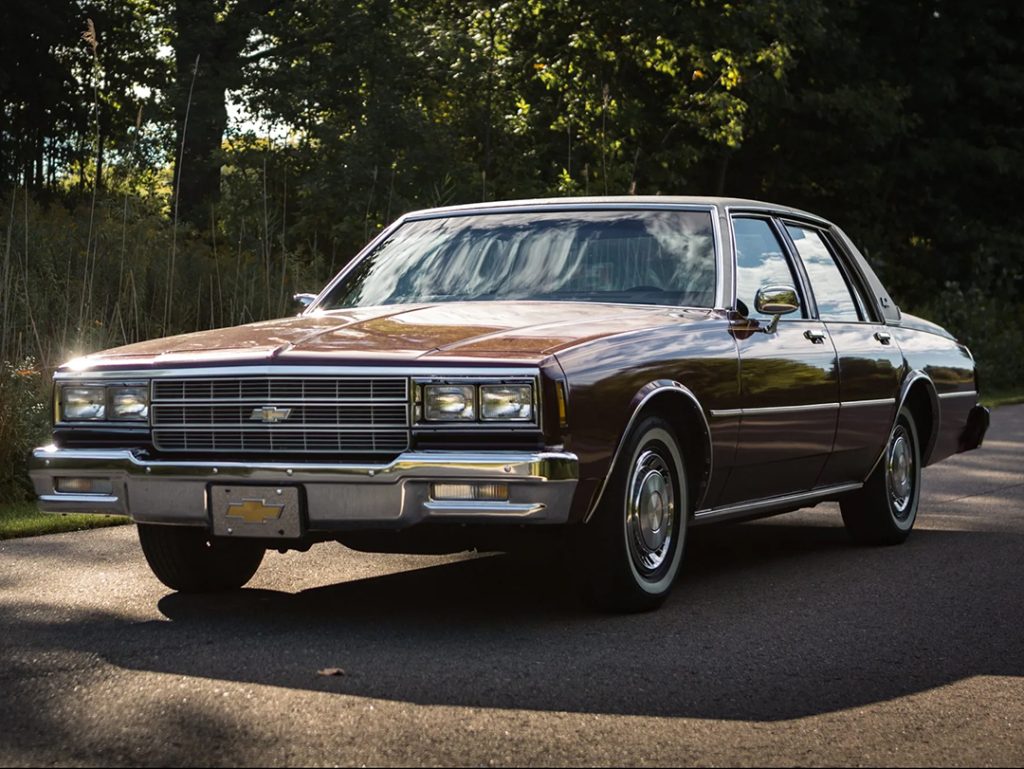
Photo Credit: Bring-A-Trailer
When the Impala became a fond memory, there were no plans to bring it back until almost a decade later in 1994. This 7th generation only lasted two years in production, but since this release was strictly an SS model equipped with a decent 5.7L 260hp LT1 power plant, critics weren’t overly thrilled with the four-speed automatic transmission that was made the only option available. While the upgraded suspension setup was praised, however, this version didn’t have the right moves to hold the market’s attention for long.
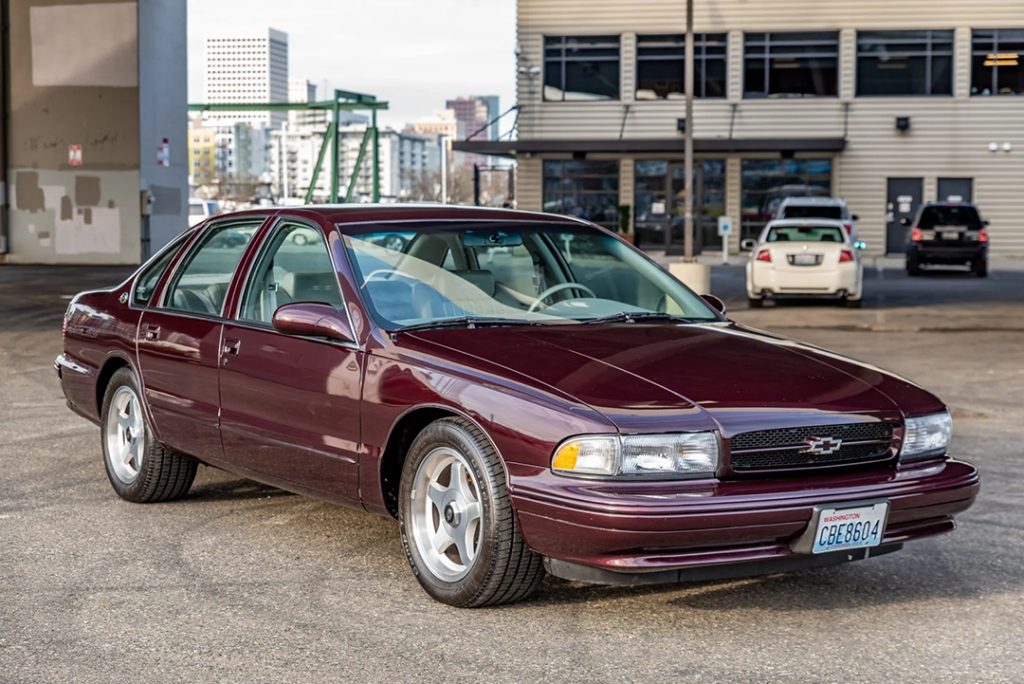
Photo Credit: Bring-A-Trailer
After being sidelined yet again, the Impala took another breather for another four years until it was revived again in 2000. This time, it remained on the street until it was recently canned once more in 2020. This most recent run spanned two whole decades that proved to be rather influential throughout the years as it hung around at the top as Chevrolet’s luxury full-size car offering.
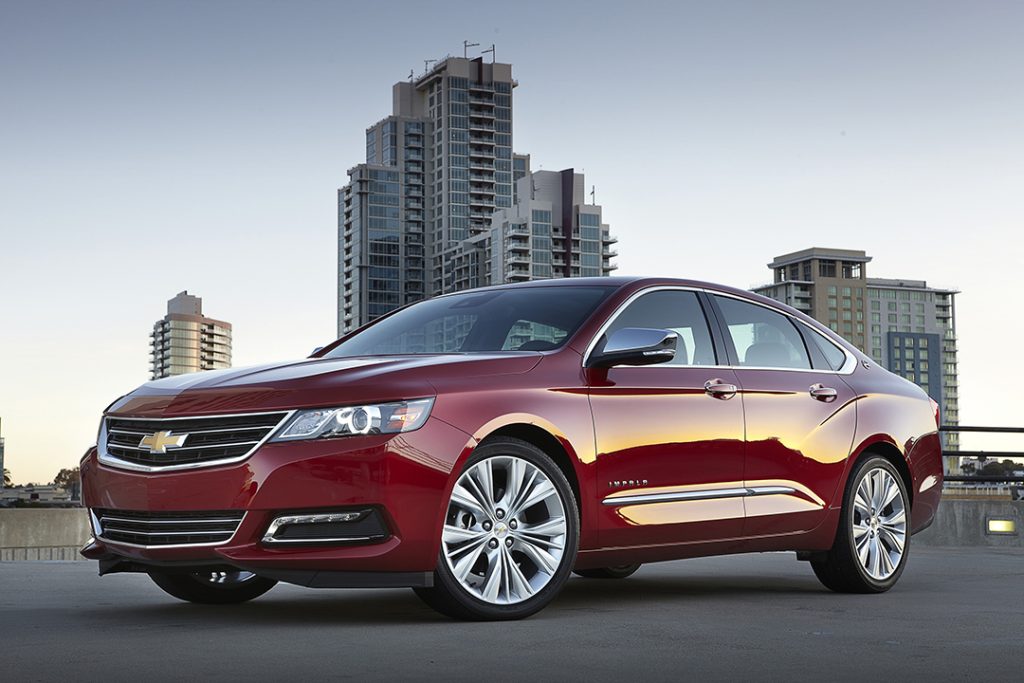
Photo Credit: Chevrolet Pressroom
Many wonder if the Impala will make yet another return. It’s hard to count this car out, as it has been sent to pasture multiple times only to be roped back into production rotation. If the car does come back, it’ll be interesting to see what it will look like and what kind of new features it’ll be flexing. If the Impala does remain in extinction this time, it will remain near and dear in the hearts of millions of car enthusiasts.


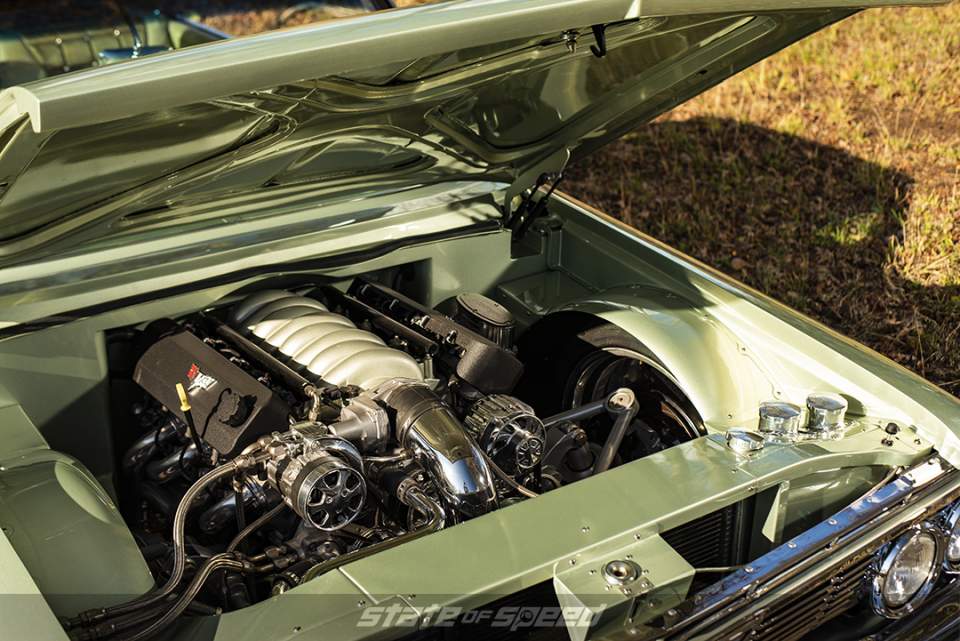
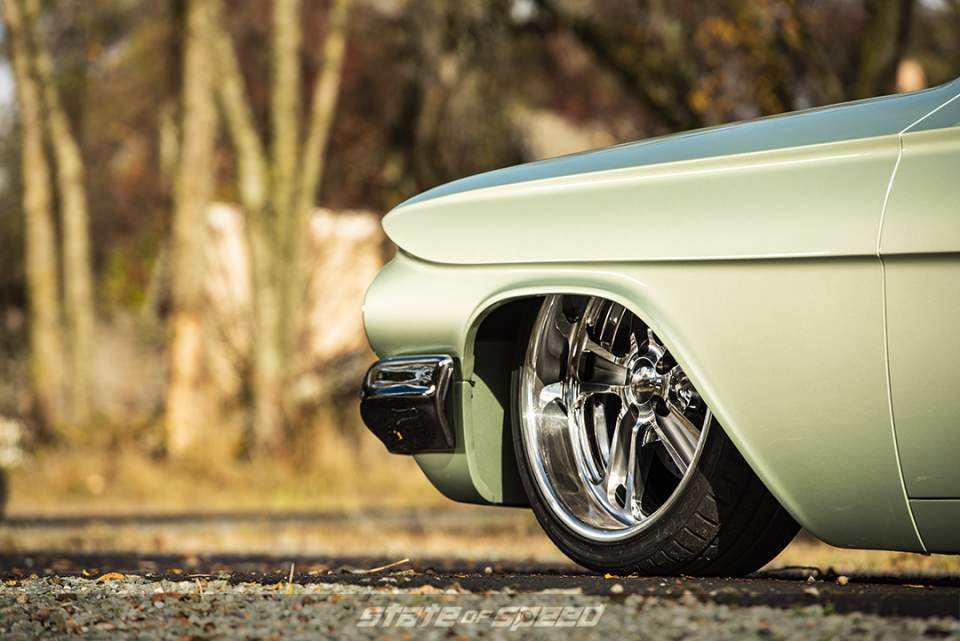
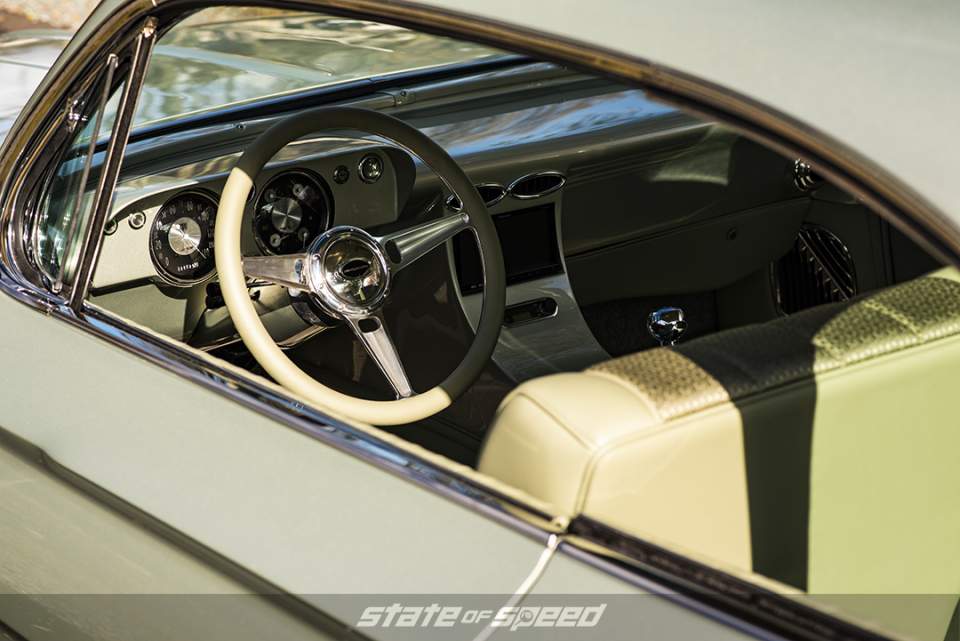
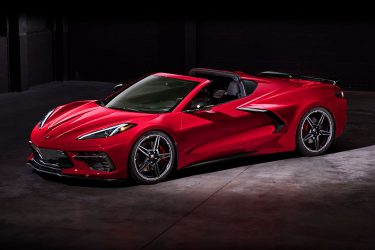

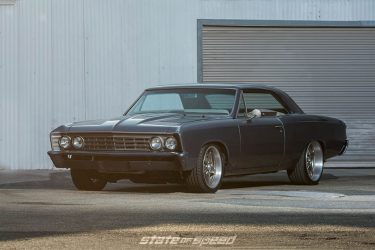
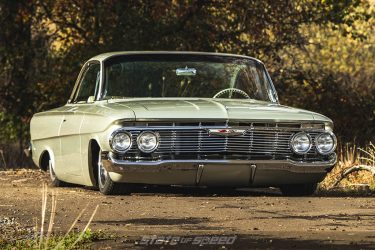
Where is all the 64’s ?